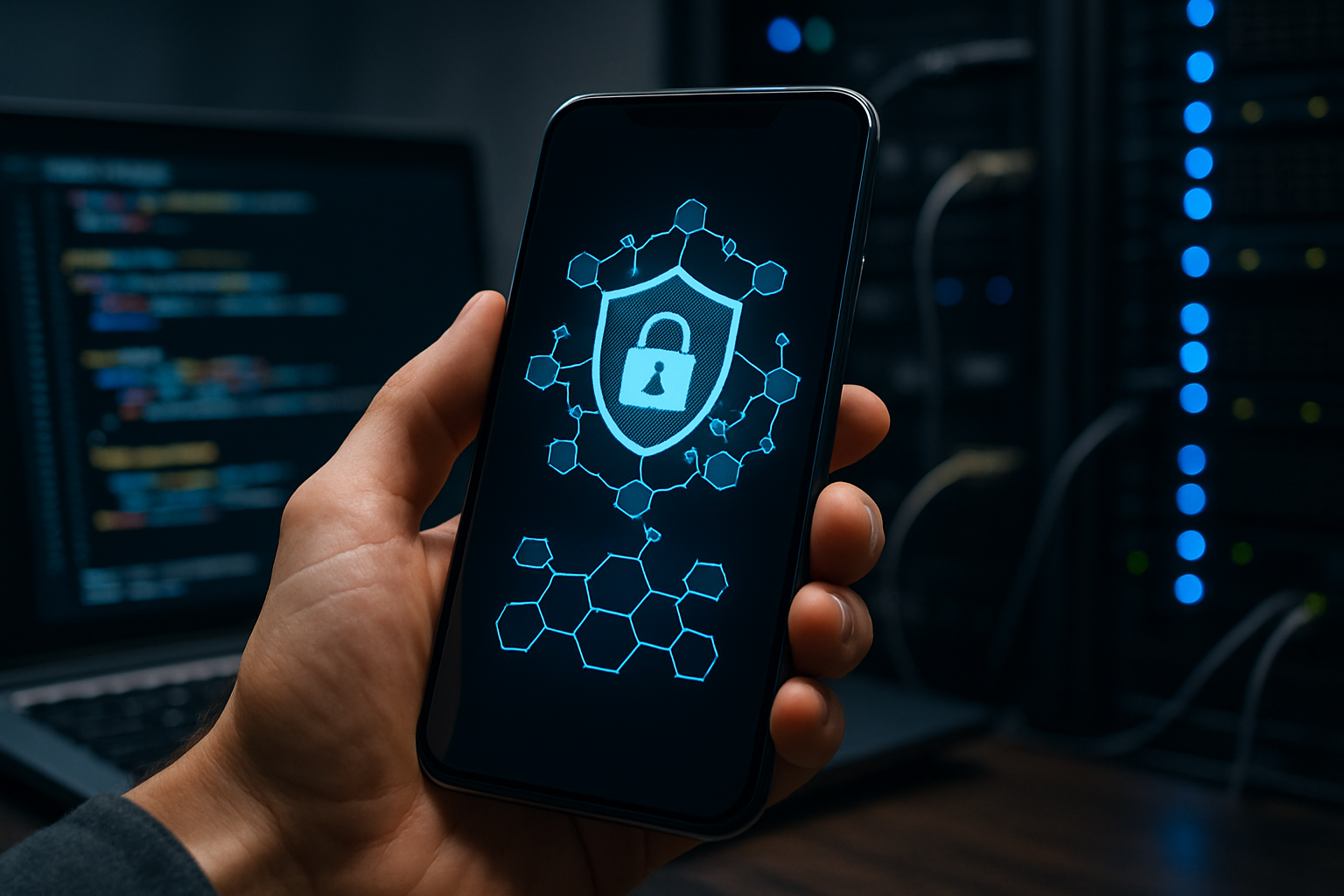Practical Data Protection for Your Digital Life
Modern life runs on data — messages, photos, location trails, and payment records — and protecting that information matters for personal safety, finances, and reputation. This article explains how everyday devices and habits affect data protection, and offers clear, practical steps you can use to improve smartphone safety, strengthen privacy, and reduce cyber risks whether at home or when using local services.

How can smartphone exposure be reduced?
Smartphones are compact hubs of personal data and are frequently targeted by attackers or loose settings. Malicious apps, unsecured Wi‑Fi, and lax permission settings can expose contacts, messages, photos, and precise location. Even routine actions like charging from a public USB port or installing apps from unofficial stores increase risk. Understanding what apps access and how they transmit information is the first defense.
Start by reviewing app permissions regularly and revoke any access that isn’t necessary for the app’s core function. Keep your operating system and apps up to date, enable device encryption, and avoid sideloading applications. Use built‑in privacy dashboards (iOS/Android) to see which apps use camera, mic, or location, and disable background location where possible. A grounded habit of verifying app origin and limiting unnecessary permissions greatly reduces exposure.
What kinds of data should you prioritize protecting?
“Data” covers a wide range: identifiers (name, email), financial information (cards, banking), authentication data (passwords, tokens), health records, and behavioral metadata (browsing, location patterns). Some of this is sensitive by nature — social security numbers or bank details — while other pieces become sensitive when aggregated. Prioritize anything that can be used to impersonate you, access accounts, or cause financial or reputational harm.
Segment your data: treat authentication credentials and financial details as highest priority, personal identifiers as high, and generalized behavioral data as medium. Use a password manager to create and store unique, complex passwords and enable multi‑factor authentication on critical accounts. Back up important files with encrypted backups so you can recover from device loss or ransomware without exposing more data than necessary.
How does privacy influence everyday choices?
Privacy isn’t just about hiding things — it’s about controlling who sees your information and how it’s used. Default settings in apps and services often favor data collection for analytics or advertising. Accepting broad permissions or “agreeing” to terms without review can grant ongoing access to data streams. Privacy choices affect targeted advertising, personalized pricing, and even how others perceive you online.
Audit privacy settings on social media and cloud services: limit profile visibility, disable location sharing unless needed, and turn off ad personalization if you want less targeted tracking. Be mindful of what you share publicly and consider alternatives like private albums or ephemeral messaging for sensitive content. Regularly review account connected apps and revoke access for third parties you no longer use.
What practical security steps should individuals take?
Security measures create the technical barriers attackers must overcome. Start with simple, effective steps: keep devices and software patched, use strong unique passwords, and enable multi‑factor authentication (MFA) for email and financial accounts. Device encryption and automatic lock screens stop casual access if a smartphone is lost or stolen.
Beyond basics, protect your network by updating router firmware, using a strong Wi‑Fi password, and segmenting IoT devices where possible. On public Wi‑Fi, avoid sensitive transactions or use a reputable VPN. Regularly back up data to encrypted storage and practice safe browsing — don’t click unknown links and verify senders before responding to requests for credentials. When disposing or selling devices, perform a secure factory reset after wiping backups.
How does cybersecurity fit into everyday life?
Cybersecurity is the layered practice that combines technical controls, user behavior, and organizational policies to reduce risk. For individuals, it means pairing secure habits with protective tools like reputable endpoint protection (antivirus/anti‑malware), password managers, and MFA. Awareness of phishing, fraud trends, and social engineering closes many common attack vectors that technology alone cannot stop.
Consider professional support when needed: local services can help with secure device setup, safe data migration, or forensic recovery after incidents. Regularly monitor bank and credit statements for unusual activity and set up account alerts. Cybersecurity is ongoing; periodic reviews of permissions, devices, and account security keep your protections aligned with changing threats and personal needs.
Conclusion
Effective data protection combines sensible habits, smart use of built‑in privacy tools, and basic security measures. By limiting unnecessary app permissions, using strong authentication, encrypting backups, and staying aware of phishing and network risks, you can significantly reduce exposure of your smartphone and online data. Treat privacy and security as routine maintenance — small, consistent steps protect the most valuable digital parts of your life.




